Cartan
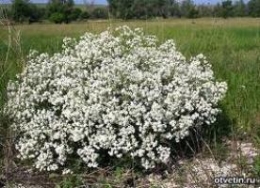
Katran is a vegetable spice crop. The leaves and roots of this crop are used instead of horseradish. Cartan is good tolerates cold winters, severe frosts and a short growing season. Cartan's roots go deep into the ground. They are quite difficult to dig out. It is advisable to grow Katran on high beds.
Before planting, the seeds must first be wet in wet sand and leave for three months in a room with a temperature of one or two degrees. The sprouted seeds are sown in loose and well-fertilized soil. Landing is carried out in early spring. Sowing should be one-line. Space must be left between plants in a row. about 20 centimeters. Seeds are placed at a depth of 2 - 3 centimeters. If the sowing is very dense, the size of the root crop will decrease. About two months after sowing, the plant will produce five true leaves. in autumn root vegetables have a length of 20 centimeters, a diameter of 2 - 3 centimeters and a weight of about 300 grams. If the plant remains for the winter in the soil, then after a year its length increases to 30 centimeters, thickness - to 6, and weight - to 1 kilogram.
In the second or third year of life of the cartan, subject to timely, sufficient watering, as well as loosening capable of blooming. In the first year in the fall, kartan produces marketable root crops. A certain part of the root crops is left for the winter. In the spring they grow quickly and then bloom; after the seeds ripen, the roots die off. Katran does not clog the area. He's growing well on different soils, except for swampy ones. For an annual crop, the yield is 1.2 - 1.4 kilograms per square meter.

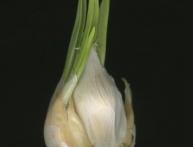


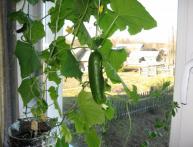
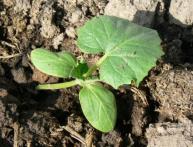
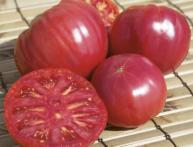

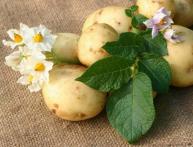
Comments
So this plant can be used to replace horseradish? If so, then you'll have to try it. I think the taste will still be a little different from the “original”.
I have long wanted to make a replacement for horseradish,
which is growing so much.
Katran, as I understand it, growing is much more interesting
and more profitable.
Thank you, Anna!